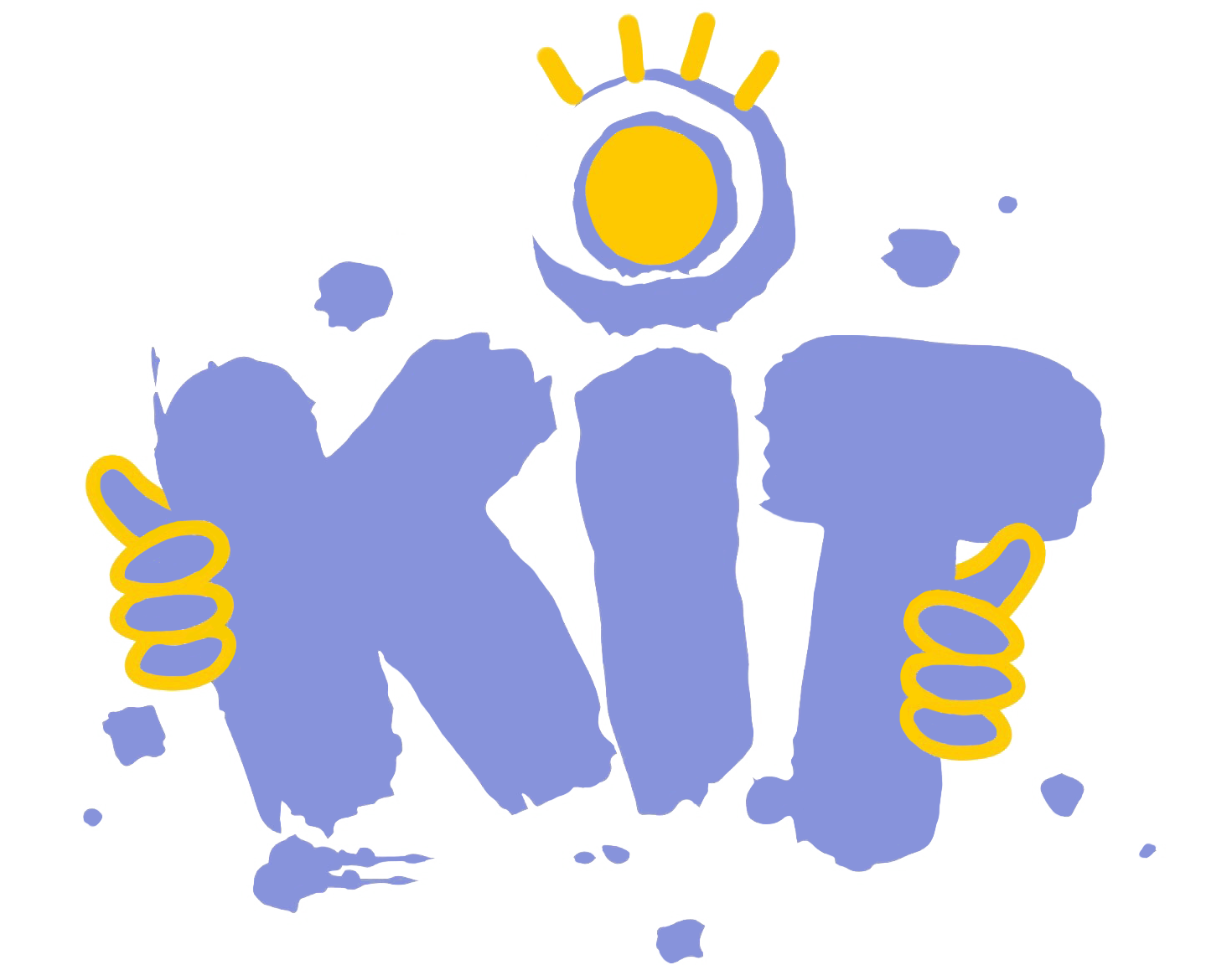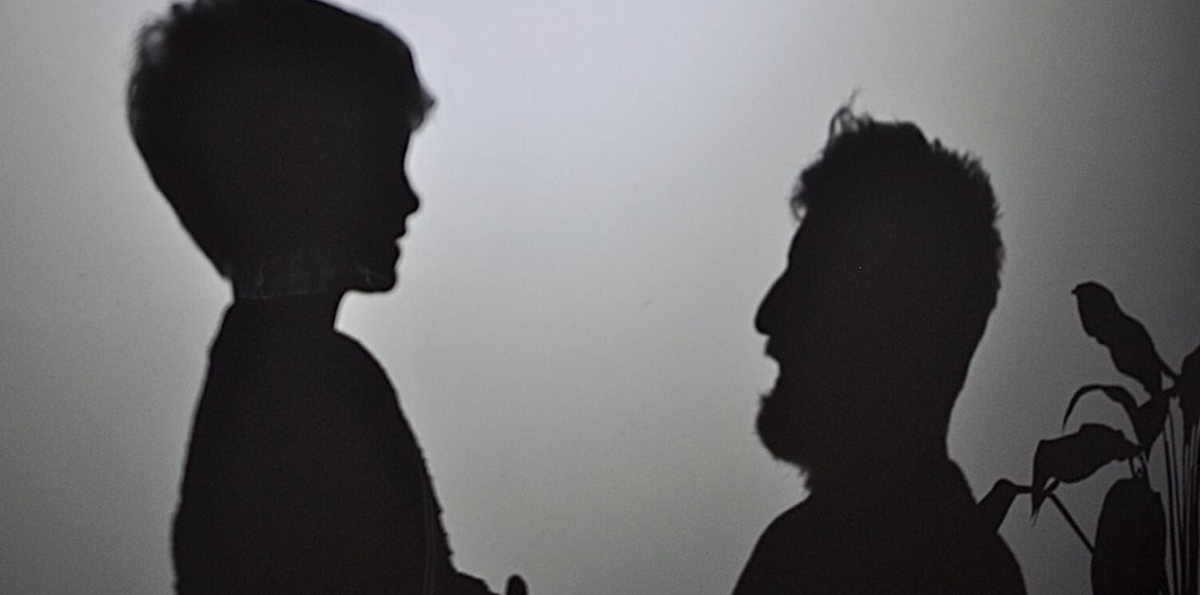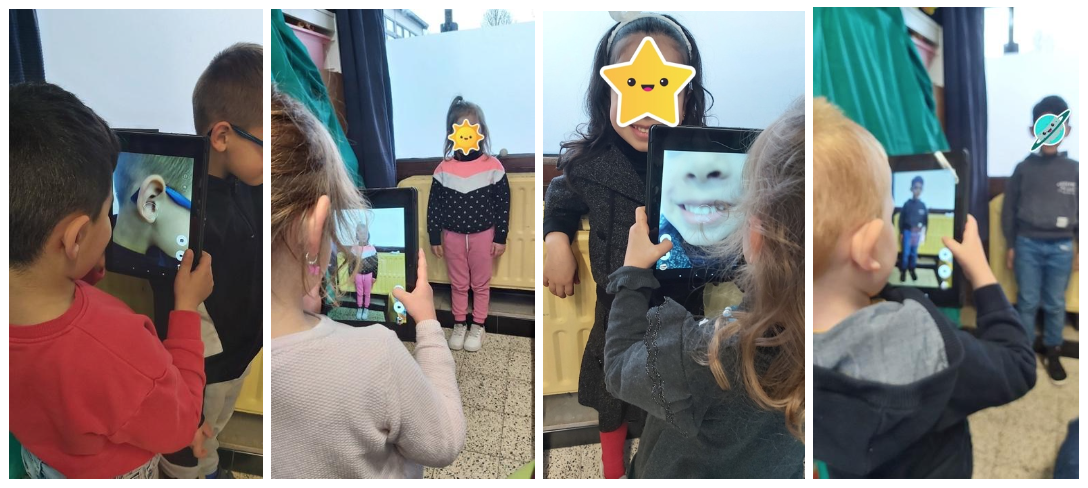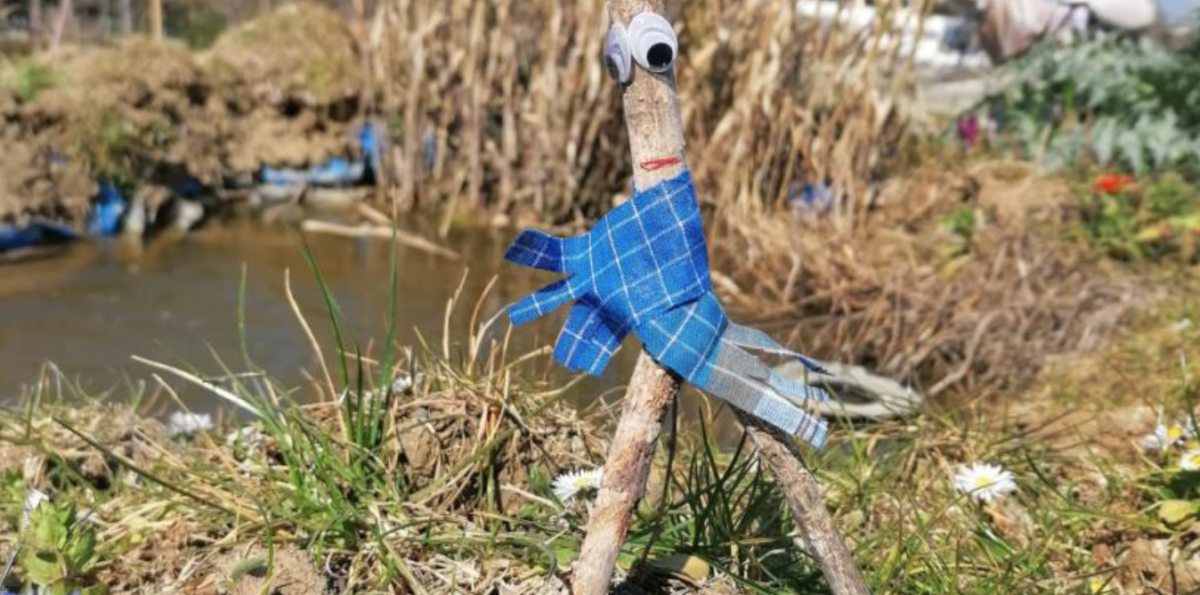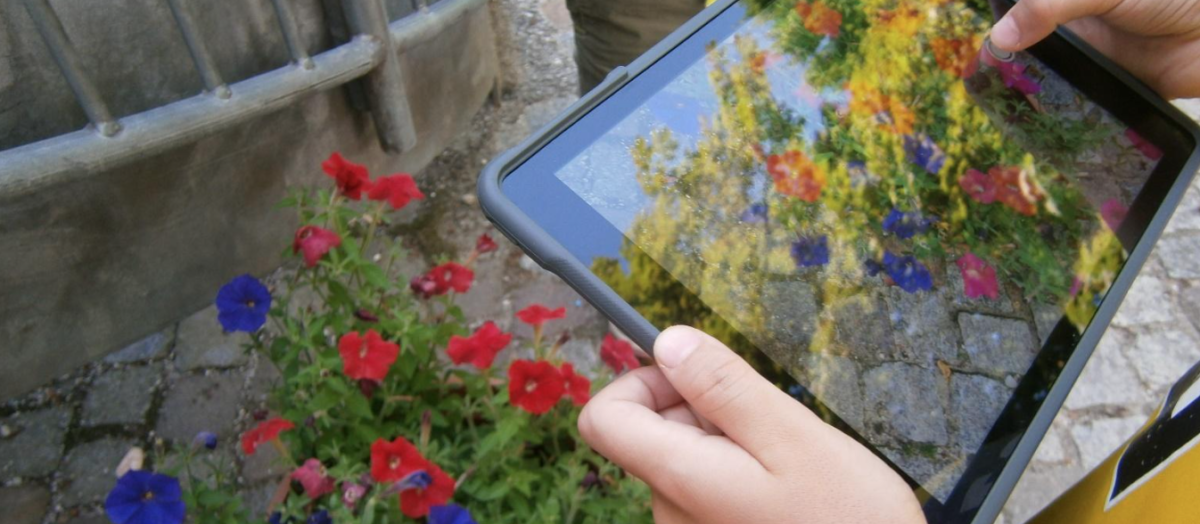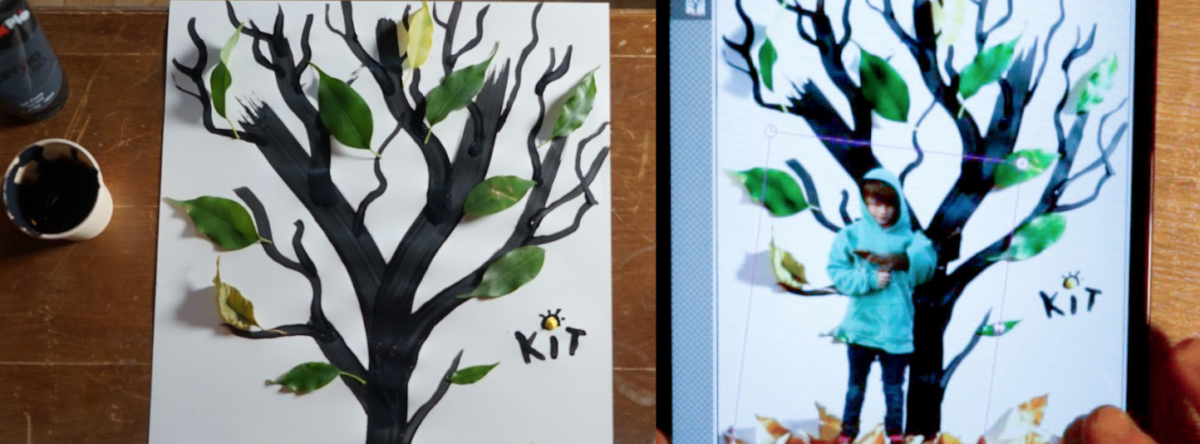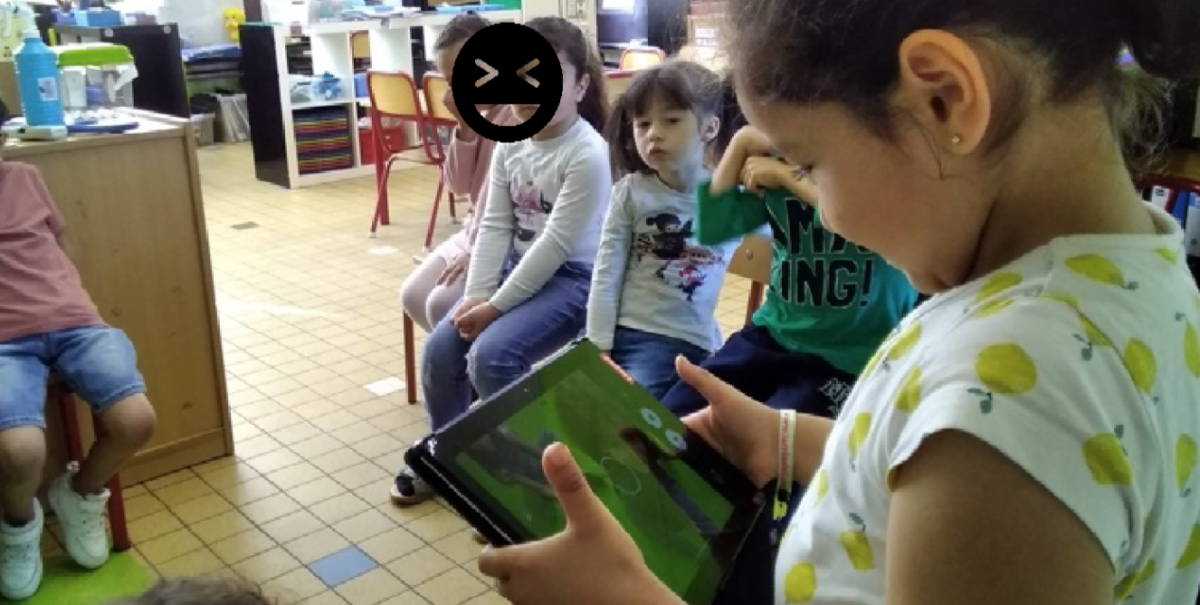How can I keep trace of the shadow?
This atelier is dedicated to the scientific phenomenon of shadows. The children, both at school and at home, play with the shadows of their bodies and hands, and experiment with how shadows change as they move through space and time. At home children produce ‘family shadows’ and go on a shadow hunt to build the basis for in-depth artistic studies and the creation of imaginary characters and stories.
An idea from
Daniela Idili – Barbara Collu – Claudia Ripamonti – Sara Mameli, ECEC educators at the Kindergarten “SS. Giorgio e Caterina”, Cagliari – Italy.
In co-design with Zaffiria.
Time
6 activities (40 min each)
Age
5 years
Objective
- Discover the own body and movement through shadows
- Make scientific experiments with artistic tools
#physicalactivity #sciences #photography #theselfandothers
